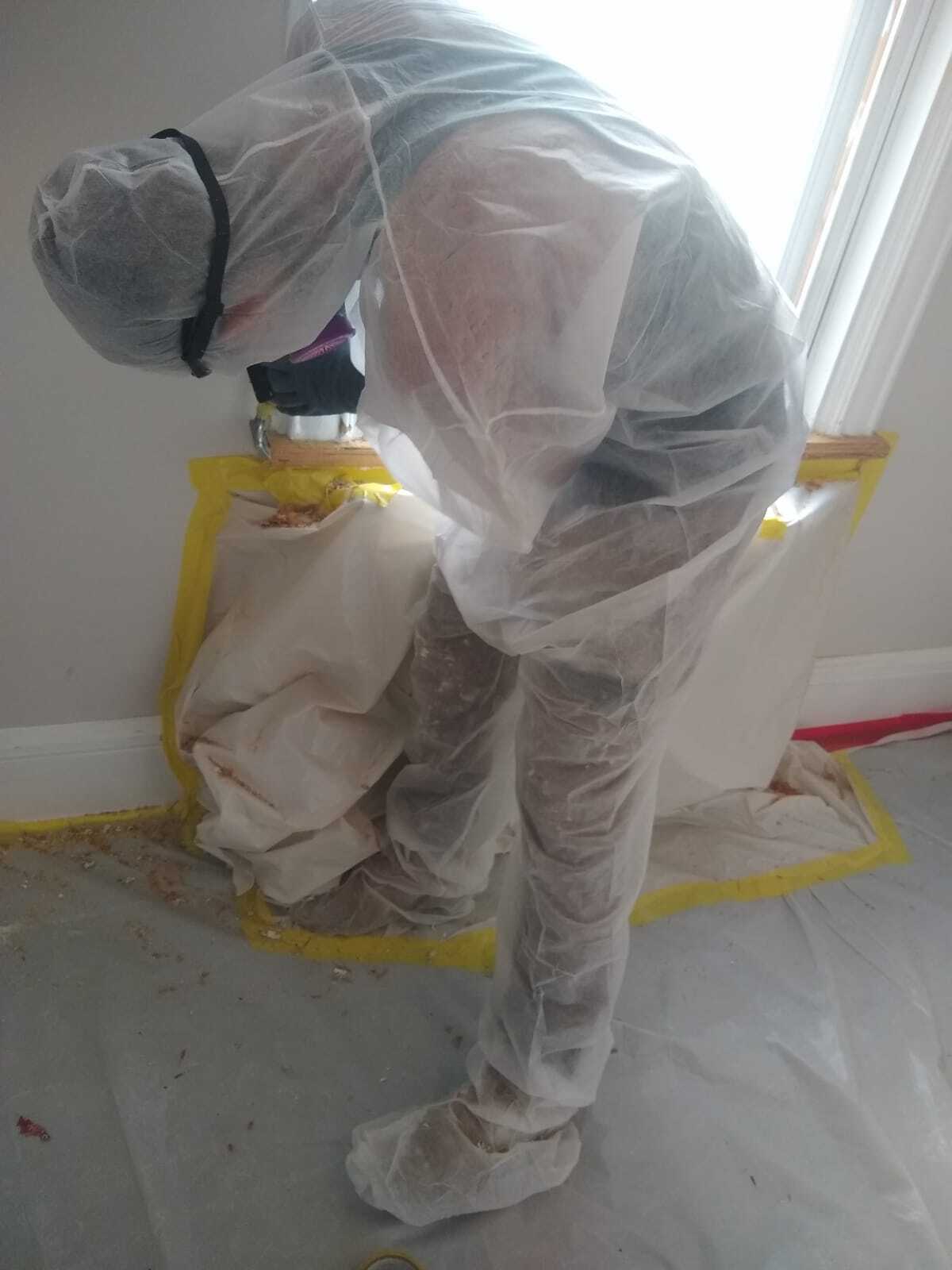Professional Lead Violation Removal in NYC-- Protect Against Wellness Hazards
Professional Lead Violation Removal in NYC-- Protect Against Wellness Hazards
Blog Article
Finest Practices for Making Sure Safe and Comprehensive Lead Violation Reduction
Attending to lead infraction reduction requires a multi-faceted strategy to make certain both safety and security and conformity. First analyses utilizing innovative detection techniques such as XRF analyzers established the phase for an exact understanding of contamination levels. Integrating appropriate containment methods, including airtight barriers and HEPA filtration, paired with using individual safety equipment (PPE) for employees, creates the backbone of a safe and secure operation. Meticulous cleaning methods, including HEPA vacuuming and wet-wiping, are crucial. Yet, it's the final clearance procedure, including complete assessments and laboratory screening, that absolutely verifies a lead-free environment, making certain lasting safety. How do these practices adjoin to ensure extensive lead reduction?

First Assessment
Carrying out a preliminary assessment is a critical initial action in lead offense abatement. This stage includes a comprehensive examination of the residential or commercial property to determine the existence, degree, and details places of lead-based threats. Qualified specialists, such as licensed lead assessors or take the chance of assessors, need to execute a detailed website inspection, making use of tools like X-ray fluorescence (XRF) analyzers to properly spot and determine lead focus in paint, dust, dirt, and water.
The analysis needs to likewise include a testimonial of the building's history, previous reports, and any type of complaints or health problems reported by owners - Lead Removal Contractors. Documenting the searchings for thoroughly is vital, as these records create the basis for creating an effective abatement method. A complete assessment likewise entails tasting and research laboratory analysis, which are vital to verify the presence of lead and overview subsequent activities
Moreover, it is crucial to connect the outcomes transparently to all stakeholders, including building proprietors, lessees, and regulative authorities. By guaranteeing that the preliminary evaluation is performed with precision and rigor, experts can lay a strong structure for a targeted and effective lead abatement process, inevitably guarding public health and wellness and making sure compliance with regulative criteria.
Correct Control
Appropriate containment is crucial to prevent the spread of lead impurities throughout abatement tasks. Efficiently taking care of control minimizes the threat of lead dust and debris migrating to non-work locations, consequently protecting both the setting and individuals outside the immediate work zone.

Routine inspections of the control location are needed to look for breaches or weak points in the obstacle. Any kind of identified problems must be without delay addressed to maintain the honesty of the containment. By adhering to these methods, abatement projects can efficiently control lead contamination and reduce associated health threats.
Employee Security
Making certain employee defense is vital during lead reduction jobs to stop work-related exposure to harmful lead particles. Vital procedures include the use of individual protective equipment (PPE) such as respirators, handwear covers, and full-body fits particularly made to obstruct lead dust and fumes. Workers should undergo thorough training on the right usage and upkeep of PPE, including in shape testing for respirators to guarantee optimum efficiency.
Engineering controls, such as neighborhood exhaust ventilation systems, are essential in decreasing airborne lead focus in the work setting. Administrative controls must also be executed, consisting of restricting the period of exposure and revolving workers to lower individual direct exposure times. Routine clinical surveillance and organic surveillance are crucial for early discovery of lead absorption, allowing timely intervention and treatment.
In addition, establishing a decontamination procedure is vital. Workers have to comply with strict purification procedures prior to breaks and at the end of learn the facts here now their change to avoid lead dust from being lugged outside the workspace. This includes comprehensive hand and face cleaning with lead-specific cleansing representatives and transforming out of polluted apparel.
Careful Clean-up
Preserving a safe job setting prolongs beyond worker security and encompasses meticulous cleaning to make sure lead particles are thoroughly gotten rid of from the site. The procedure of precise cleanup is critical in stopping the recontamination of the mellowed out area and securing both current and future occupants.
To achieve a comprehensive cleaning, all workplace need to be methodically decontaminated. This entails making use of specialized HEPA (High-Efficiency Particulate Air) vacuum and wet-wiping methods to catch and remove fine lead dirt that may have picked surfaces. It is critical to cleanse all horizontal surface areas, including floorings, window sills, and counter tops, as well as upright surfaces that might have caught lead fragments.
Employees should wear suitable personal protective devices (PPE) throughout cleanup to prevent exposure to recurring lead dirt. Utilized cleansing materials such as this website wipes, sponges, and mop heads need to be thrown away based on contaminated materials disposal policies.

Last Clearance
Last clearance is the critical concluding stage of lead reduction that determines whether the website is safe for reoccupation. This critical action involves comprehensive examination and testing to validate that all lead dangers have actually been effectively gotten rid of.

Final clearance testing not just secures future owners yet also makes sure compliance with regional, state, and government guidelines. Additionally, it acts as a recorded validation of the abatement professional's adherence to sector best practices. Ensuring an extensive and effective last clearance is important in safeguarding public health and wellness and cultivating count on in the reduction process.
Final Thought
Ensuring risk-free and comprehensive lead violation abatement necessitates a complex strategy incorporating first evaluations with sophisticated detection approaches, reliable containment methods, rigorous employee security procedures, and thorough cleaning procedures. The final clearance stage, including thorough examinations and laboratory testing, is important to verify conformity with EPA standards. Adherence to these finest methods guarantees a risk-free atmosphere for occupants, mitigates health and wellness dangers, and maintains regulative requirements, therefore promoting public health and wellness and security in lead-affected locations.
Report this page